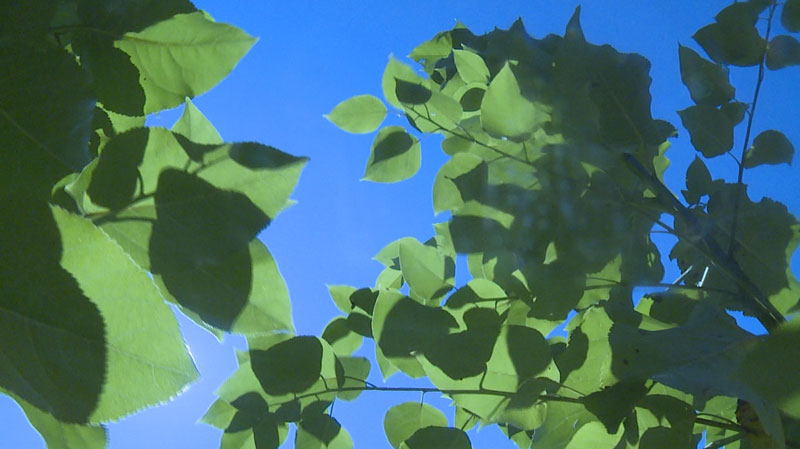Harvesting trees for biofuel may change the energy market in the Pacific Northwest. The Advanced Hardwood BioFuels (AHB) Northwest Project is hoping to build what would be the world's first biorefinery for trees.
The growth rate of poplars also grew a new idea for Port Angeles tree farmer Joe Novak.
"When it comes to Douglas Fir or Red Cedar, you have to wait 50 years," he said.
Not so with poplars, typically ready for harvest in just 3 years. It's why Novak joined others on a tour of AHB's Stanwood tree farm.
The farm's 120,000 hybrid poplar trees are part of a $40 million federal grant for biofuel research. It's one of 4 farms producing the trees in California, Oregon, Washington and Idaho to see how they fare in 4 different states.
"Poplar is a real good feed stock for producing fuel." Rick Gustafson said.
Gustafson is a project leader for Advanced Hardwood Biofuels Northwest, theuniversity and industry partnership focused on trees as a biofuel source.
Though corn is 5 times cheaper, they believe trees are a better investment regionally because trees grow more readily in the northwest.
AHB is also looking into using the tree farms to support waste treatment facilities by using sewage as a fertilizer.
"For every region, there will be an optimal biomass," Gustafson said. "For us, it's poplar."
The first harvest last year planted seeds for lessons learned, like how to deal with predators like deer.
18:55 "What happens is when they eat the terminals - the tops - they stop vertical growth," explained Rick Stonex.
There were lessons about the fuel market's grip on petroleum. Oil is so cheap right now, researchers started using the wood chips to produce bio-chemicals.
Trees for biofuel still can't drive economics like gasoline.
"It would be virtually impossible to start from biomass to make it that cheap - that's very tough," Gustafson said.
Educating investors has also taken work, after a negative introduction to poplars in the 1990s for timber.
"Those markets never materialized, and people lost money on that," Kevin Zobrist said.
This time, project leaders believe the markets are inevitable, and so does Novak.
"At my age, it would be nice to have a product you can put out in 3-5 years," he laughed.


